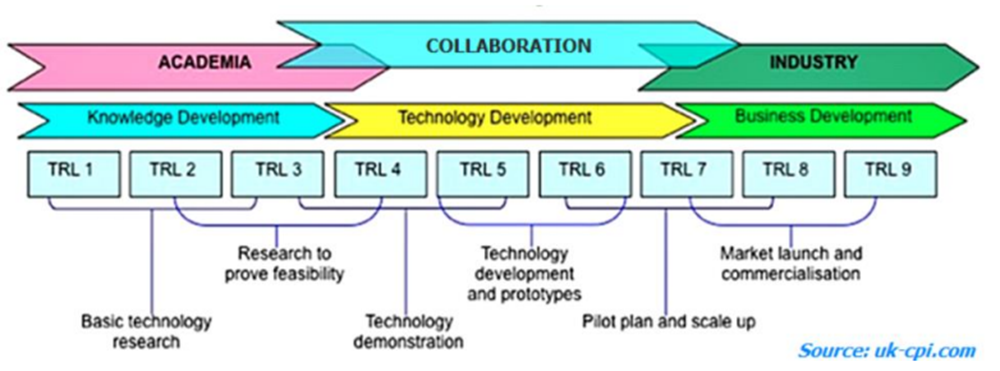|
Listen to this article  |
Let’s imagine that the next phone call you receive is from a customer that wants to order 10x the number of robots you have in your current production capacity, and needs them ASAP.
Is that good or bad news?
A new revenue stream is a win, but if you’re not prepared, the result is rushed production, increased risk of costly quality issues, product failure in the field, and losing your customer’s confidence in your ability to deliver future orders.
Mitigating these risks requires robotics OEMs, particularly those in the early stages of their growth, to address five key areas of the product development lifecycle.
Priority #1: Engineering Design
Bridging the gap between producing a working prototype and mass production begins at the beginning, even before building a prototype to show to potential investors and customers.
The engineering design process shouldn’t only account for ensuring the prototype works. It should also adhere to “Design for Manufacturability” and “Design for Cost – Value Engineering” approaches that will identify any potential roadblocks during the transition of the design into manufacturing.
First, determine your place on the Technology Readiness Level (TRL) timeline, a method NASA devised, to estimate the maturity of technologies during the acquisition phase of a program. The use of TRLs enables consistent, uniform discussions of technical maturity across different types of technology to track where a new product sits on the spectrum between ideas, and mass production, and shipping.

While a new product moves from the early research and demonstration TRL phases to building prototypes, you may turn to local resources for sub-assemblies, prototypes, and custom build products. But as you move closer to mass production, around TRL 5 or 6, partnering with a manufacturing company with the expertise and global footprint to support larger scale production is an advantage.
Priority #2: Component Sourcing
Supply chain constraints and material shortages can severely delay delivery of products to customers by several months. Robotics systems are made up of a wide variety of very complex components such as battery management systems, precision mechanisms, optical systems, power management systems, customized power and compute hardware. Securing the right components at the right time has never been more difficult or expensive, particularly when trying to scale manufacturing.
That’s why robotics OEMs and their manufacturing and supply chain partners must assess supply chain risks and take steps to mitigate future shipping delays and parts shortages. Don’t wait until after a customer places a new order.
Priority #3: Regionalization
While you’re considering cost, quality, compliance, obsolescence, and mass production when selecting parts, identifying in-region sources to reduce the likelihood of shipping delays that drag on for weeks or months is key. It’s impossible to overstate how critical a factor regionalization has become to create a balanced and resilient supply chain and manufacturing network.
Securing the parts you’ll need to make the transition from building prototypes to full commercialization is just the beginning. Managing staffing equipment, quality processes, testing, and validations, as well as regulatory documentation requirements can become overwhelming and lead to costly delays and quality control issues. Because change is inevitable, so too are the tasks of updating bill of materials (BOMs), handling revision controls, sourcing alternate suppliers, and providing feedback on the cost/schedule impact. Partnering with a qualified manufacturing partners skilled in these areas removes these burdens off the OEM’s shoulders.
Priority #4: Testing and Validation Processes
Conducting extensive component and system lifecycle testing services will instill the confidence and reliability you need to green-light full-scale production. Automated testing processes integrated into manufacturing drive efficiency and high-quality output. This is a critical part of the product development lifecycle that cannot be marginalized to speed up the manufacturing process.
Priority #5: Aftermarket Service and Support
Finally, maintaining a customer’s confidence (and securing future orders) requires OEMs to also provide full product lifecycle support services, which includes making on-site installations, configurations, and repairs, as well as conducting advanced testing and delivering spare parts. Engaging an experienced partner that already understands the product to provide these services helps the OEM reduce the burden on their resources while maintaining their brand value.
When a robotics OEM is ready to increase production volumes, embracing a “Design for Manufacturability” mindset that addresses engineering design, component sourcing, manufacturing processes, testing and validation processes, and after-market service and support will reduce risk, lower costs, and ensure a new product’s long-term manufacturability and sustainability. Engaging early with an experienced global manufacturing services provider will bring added value across the product development lifecycle to help optimize the design process and ease the transition into manufacturing and full commercialization.
About the Author
 Matthew Wicks is the Director of Robotics at Celestica, where he’s responsible for the company’s robotics portfolio spanning across multiple segments including semiconductor, warehousing, medical and industrial.
Matthew Wicks is the Director of Robotics at Celestica, where he’s responsible for the company’s robotics portfolio spanning across multiple segments including semiconductor, warehousing, medical and industrial.
Wicks was previously the Chair of the Board of Directors for the Association for Advancing Automation (A3), where he provided industry insight as guidance to A3.
Credit: Source link


Comments are closed.